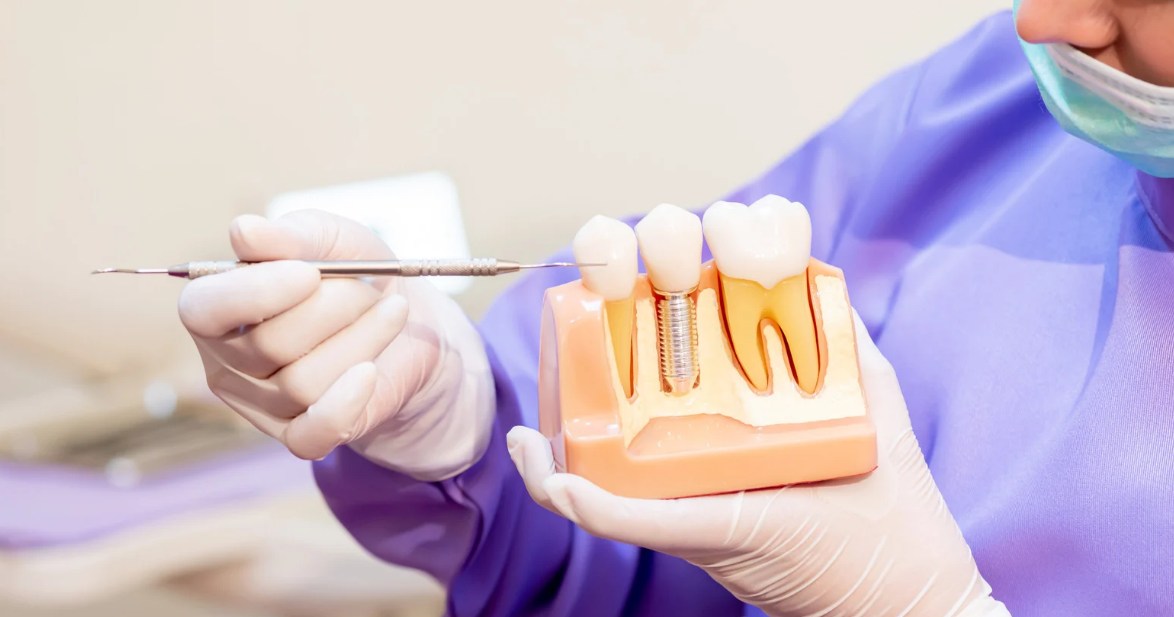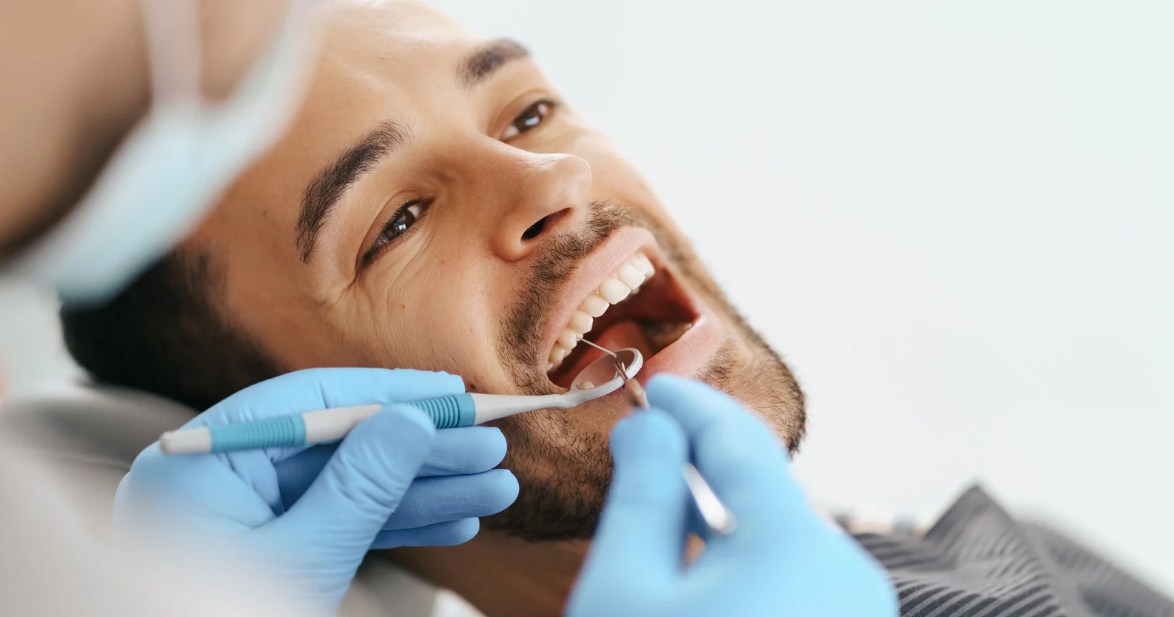
Bone Grafting and Dental Implants: Why Foundation Matters




Dental implants have transformed restorative dentistry, offering a reliable and aesthetic solution for replacing missing teeth. Unlike traditional dentures or bridges, dental implants function like natural teeth, providing stability, comfort, and durability. However, the success of dental implants depends largely on the quality and quantity of the jawbone where they are anchored. This makes bone grafting a critical procedure for many patients seeking dental implants. In this comprehensive guide, we will explore why the foundation matters in dental implants, delve deep into bone grafting procedures, and explain how they contribute to long-lasting dental health.
Dental implants are titanium posts surgically inserted into the jawbone to replace missing tooth roots. These posts serve as anchors for artificial teeth such as crowns, bridges, or dentures. The process by which the implant fuses with the jawbone is called osseointegration, which typically takes several months. Once fully integrated, implants provide a stable and secure foundation that mimics the function of natural teeth.
Unlike other tooth replacement options, dental implants help preserve jawbone density. When a tooth is lost, the surrounding bone no longer receives the stimulation it needs through chewing forces, leading to bone resorption or shrinkage. Implants restore this stimulation, preventing bone loss and maintaining the structure of the face.
However, successful implant placement requires sufficient bone volume and density. If the jawbone has deteriorated due to tooth loss, injury, infection, or periodontal disease, it may not be able to support an implant. This is where bone grafting becomes essential.
Bone density refers to the strength and compactness of the bone, while bone volume pertains to the amount of bone available in height, width, and depth. Both factors are crucial for dental implants because they determine whether the implant can be securely anchored.
For an implant to successfully integrate with the jawbone, it must be stable immediately after placement. Adequate bone density provides the mechanical support necessary to hold the implant in place during the healing process. Without this stability, the implant may move, preventing proper osseointegration and leading to failure.
A well-integrated implant supported by strong bone can last many years, often decades. The bone acts as a shock absorber during chewing, distributing forces evenly. Insufficient bone can lead to implant loosening, discomfort, and eventual loss.
Bone loss can cause the gums to recede and the facial structure to collapse, leading to a sunken appearance. Adequate bone volume supports the soft tissues, maintaining natural contours and a youthful look. This is particularly important for implants in the front of the mouth, where aesthetics are paramount.
Implants stimulate the jawbone similarly to natural teeth, preventing further resorption. Without implants or bone grafting, bone loss can continue, complicating future restorative options.
Bone grafting is a surgical procedure that rebuilds or augments the jawbone by adding bone or bone-like material to areas with insufficient bone. It creates a solid foundation for dental implants, enabling successful placement where it would otherwise be impossible.
The materials used for bone grafting vary and include:
Each type has advantages and limitations. Autografts have excellent healing potential but require an additional surgical site. Allografts and xenografts avoid this but may integrate more slowly. Alloplasts eliminate donor concerns but depend on the body’s ability to generate new bone.
The choice of bone grafting technique depends on the location and extent of bone loss. Here are the most common procedures:
Ridge augmentation restores the natural shape and width of the alveolar ridge, the bony ridge that holds teeth. After tooth loss, the ridge can shrink horizontally or vertically, making implant placement difficult or impossible.
During this procedure, the gum tissue is lifted, and bone graft material is placed along the deficient ridge. Sometimes, a barrier membrane is used to protect the graft and encourage bone regeneration. Ridge augmentation can be done simultaneously with implant placement or as a separate procedure.
The maxillary sinuses are air-filled cavities located above the upper molars and premolars. In some patients, the sinus floor is very close to the jawbone, or the bone height is insufficient due to bone loss.
A sinus lift raises the sinus membrane and inserts bone graft material between the sinus floor and the jawbone to increase bone height. This procedure allows implants to be placed in the upper back jaw where bone is often limited.
The sinus lift is a delicate procedure requiring precise surgical skill to avoid perforating the sinus membrane.
Tooth extraction often leads to rapid bone loss in the empty socket. Socket preservation involves placing bone graft material into the extraction site immediately after tooth removal to maintain bone volume.
This technique preserves the site for future implant placement and helps maintain gum tissue contours, improving aesthetic outcomes.
For severe bone loss, a block of bone is harvested—often from the patient’s chin or hip—and grafted onto the deficient area. This solid block provides significant volume and strength.
The block is secured with screws and covered with gum tissue. Healing takes several months before implants can be placed. This method is more invasive but necessary in cases of extreme bone deficiency.

Bone grafting is a carefully planned surgical procedure. Here’s a detailed overview of what patients can expect:
Your dentist or oral surgeon will conduct a thorough examination, including a medical history review and imaging studies like panoramic X-rays or cone beam computed tomography (CBCT) scans. These images provide 3D views of the jawbone, allowing precise evaluation of bone quantity and quality.
The treatment plan will be tailored to your specific needs, discussing graft types, procedure timing, and expected outcomes.
On the day of surgery, local anesthesia will be administered to numb the area. Sedation may be offered for patient comfort.
The surgeon will make an incision in the gum to expose the deficient bone area. Depending on the graft type, bone material will be placed and shaped to rebuild the jaw’s contour. The graft may be secured with membranes or screws to stabilize it.
The gum tissue is then sutured closed to protect the graft during healing.
Bone grafts require time to heal and integrate with the existing bone. New bone cells gradually grow into the graft material, creating a strong, unified structure.
Healing times vary but generally range from 3 to 6 months. During this period, patients should follow post-operative instructions carefully to avoid disturbing the graft.
Once the graft has fully integrated and sufficient bone is present, the dental implant procedure can proceed. In some cases, implants may be placed simultaneously with the graft if conditions allow.

Several factors affect how well a bone graft heals and supports dental implants:
Chronic conditions such as diabetes, osteoporosis, or autoimmune diseases can impair healing. Smoking significantly reduces blood flow and delays bone regeneration, increasing the risk of graft failure.
Maintaining good overall health and quitting smoking before surgery improves outcomes.
Infection is a major risk factor for graft failure. Patients must maintain excellent oral hygiene before and after surgery to reduce bacteria and promote healing.
The choice of graft material and surgical technique impacts success. Autografts tend to integrate faster due to living cells, while synthetic materials rely more on the body’s regenerative capacity.
Experienced surgeons using meticulous techniques reduce complications.
Following all post-surgery instructions regarding diet, medications, and activity restrictions is essential. Avoiding pressure or trauma to the graft site allows proper healing.
Bone grafting is not merely a preparatory step for dental implants; it offers a wide range of significant benefits that contribute to both the functional and aesthetic success of implant dentistry. Understanding these advantages highlights why bone grafting is often essential for patients seeking durable, natural-looking tooth replacements.
One of the most critical benefits of bone grafting is its ability to rebuild lost bone tissue in the jaw. When teeth are missing, the jawbone begins to resorb or shrink because it no longer receives the stimulation from chewing forces that natural teeth provide. This bone loss can lead to a sunken facial appearance, changes in bite, and difficulty with oral functions.
By adding bone graft material to the deficient areas, the jawbone’s original shape and volume can be restored. This not only preserves the structural integrity of the jaw but also supports the surrounding muscles and soft tissues, maintaining proper facial contours. Restoring jawbone integrity helps prevent the premature aging effects often associated with tooth loss, such as sagging cheeks and a collapsed bite.
Dental implants require a strong and stable foundation to integrate successfully with the jawbone and withstand the forces of everyday activities like chewing and speaking. Bone grafting provides this essential support by increasing the amount and density of bone available to anchor the implant securely.
A well-integrated implant reduces the risk of loosening or failure, which can occur if the implant does not have sufficient bone to hold it firmly in place. By enhancing the bone volume, bone grafting improves the overall success rate of dental implants and contributes to their long-term durability. This means patients can enjoy their implants for many years without complications.
The appearance of a smile depends not only on the teeth themselves but also on the underlying bone and gum tissue. Bone loss after tooth extraction can cause the gums to recede and the jaw to shrink, resulting in an uneven gum line, gaps, or a sunken look around the mouth.
Bone grafting helps maintain the natural contours of the jaw and gums by rebuilding the bone structure beneath the soft tissue. This support ensures that the gums have a healthy, natural shape to frame the dental implants and restorations, creating a seamless and attractive smile. For implants in visible areas of the mouth, such as the front teeth, this aesthetic benefit is especially important.
Bone grafting not only restores lost bone but also stimulates new bone growth in the treated area. The graft material acts as a scaffold, encouraging the body’s natural bone-forming cells to populate the site and build fresh bone tissue.
By promoting this regeneration, bone grafting helps prevent further bone deterioration, which can continue if the underlying causes of bone loss are not addressed. This proactive approach preserves the jawbone’s health and prevents complications that might otherwise require more extensive treatment down the line.
Without adequate bone, many patients are limited in their tooth replacement options. Traditional dentures or bridges may be the only feasible choices, but these can come with drawbacks such as discomfort, reduced chewing efficiency, and the need to alter adjacent teeth.
Bone grafting expands the possibilities by enabling dental implants in cases where bone loss was previously too severe. This means patients can benefit from the superior function, comfort, and aesthetics that implants provide. Implants supported by grafted bone function like natural teeth and do not require modification of neighbouring teeth, preserving overall oral health.
Post-operative care is crucial to successful healing:
A strong and healthy jawbone is the cornerstone of successful dental implant treatment. Without sufficient bone volume and density, implants cannot properly integrate or provide the stability needed for long-lasting function. Bone grafting addresses this fundamental issue by rebuilding and reinforcing the jawbone, making it possible to place implants in areas where natural bone has deteriorated due to tooth loss, injury, or disease. This restorative procedure not only supports implant stability but also helps preserve the natural shape of the face and gums, which is essential for both oral health and aesthetics.
Beyond enabling implant placement, bone grafting offers numerous long-term benefits. It promotes new bone growth that prevents further bone loss, maintains facial structure, and enhances the overall appearance of the smile. Additionally, it expands treatment options by allowing patients who might otherwise only be candidates for dentures or bridges to enjoy the superior comfort, function, and confidence that implant-supported restorations provide. With advances in surgical techniques and materials, bone grafting has become a predictable and safe procedure that plays a vital role in comprehensive dental care.
If you are considering dental implants and want to ensure the best possible foundation for your new smile, it is important to consult with a dental professional who can assess your bone health and discuss whether bone grafting is right for you.
At Newbury Dental, our experienced team is dedicated to providing personalized care using the latest technology to help you achieve a healthy, functional, and beautiful smile. Contact us today to book a consultation and take the first step toward restoring your oral health with confidence.

We look forward to meeting you! Call 780-760-3033, email info@newburydental.ca, or request an appointment online to set up your first visit. We’ll be in touch soon!